GAME DESIGN WITH UNREAL ENGINE 5
TUESDAYS & THURSDAYS
5 PM PST / 8 PM EST
3 FEB 2026 - 19 MAR 2026
DURATION:
7 WEEKS
TUESDAYS & THURSDAYS
5 PM PST / 8 PM EST
Learn to design a game from the ground up — from concept and mechanics to level design and playtesting — using leading industry tools and engines.
Join Steve Young, lead level designer who’s worked on Halo, Call of Duty, and Doom, and gain the real-world insights to build your portfolio and break into game design.
THIS COURSE IS FOR YOU, IF...
-
YOU ARE A DESIGNER
Ready to pivot from visuals to full-on game worlds? This game design course gives you the tools to do it. Learn how game designers think—working with mechanics, goals, systems, and player experience—and build your first working prototypes in Unreal Engine 5, Unity, or Construct 3. By the end, you’ll walk away with a polished portfolio piece.
-
YOU ARE A JUNIOR GAME DESIGNER
Time to level up. Get a clearer picture of how design works in large studios, strengthen your documentation and presentation skills, and deepen your approach to systems and environments. With expert guidance and a standout portfolio project, you’ll be ready for the next step in your career.
-
YOU ARE A JUNIOR GAME DEVELOPER
Your game idea is great—now make it work. These game design classes will help you nail down the gameplay foundations: what to build, why it matters, and how to test and iterate quickly. With practical workflows and rapid prototyping in Unreal Engine 5, Unity, and Construct 3 you’ll go from raw idea to a refined, playable game slice.
-
YOU ARE AN ASPIRING GAME DESIGNER
Whether you're pivoting from a different field or just graduating, this course sets you on the right track. You'll understand what game designers actually do, practice with real tools and methods, and build a project that shows off your skills. Plus, you’ll get expert tips on how to stand out to hiring managers and land that first role.
Our students work in 1600+ companies worldwide
In this hands-on course, you won’t just study game design — you’ll practice it. Design mechanics, map out levels, write a GDD, and sharpen your narrative voice. Classes reveal how top studios develop, pitch, and refine ideas that make it to market.
Peek behind the curtain of professional game development. Through guided demos, you’ll dive into player feedback, greyboxing, production timelines, and level flow — gaining insights you can apply to your own projects.
Create a game prototype from scratch — your world, your rules. Build original mechanics, levels, and interactive elements that bring your vision to life. It’s a chance to turn everything you’ve learned into a portfolio-ready piece that shows studios what you’re capable of.
STEVE YOUNG
LINKEDIN PROFILE- Lead Level Designer, Respawn Entertainment, ex-Certain Affinity.
- Has over 20 years of experience in the gaming industry, Certain Affinity.
- Worked on Warmonger, one of the first First Person Shooters using Unreal Engine 3.
- Designed for epic franchises including Halo, Gears of War, Call of Duty, Doom, & Apex Legend.

Kick off the course with a behind-the-scenes look at your instructor’s game design journey, explore the tools you’ll use, and get the full lowdown on what’s coming — final project included. Let’s set the stage and start strong.
- Instructor intro & game design journey
- Course structure & goals
- No-code tools & engines overview
- Final project expectations
- Live discussion
Get to know what game designers do, why a killer hook matters, and how design pillars keep your vision on track. Learn how to articulate a compelling game vision that doesn’t just sound cool, but makes sense.
- Definitions: game design, industry, studio types, roles
- Game concept & game hook
- Importance of design pillars
- Game’s vision, tone, and key experiences
Learn how to build a small but mighty game prototype in Construct 3 — no coding, no fuss. You’ll focus on what really matters: clean mechanics, solid UI, and just enough polish to make it feel like a real game. You’ll be surprised how fast you can build something that feels finished with competent design backing the vision.
- Creating a digital prototype
- Intro to Construct 3: 2D, rapid prototyping
- Building a vertical slice of a game
- Character movement & UI
- Front-end title screen & sound
Assignment #1: Prototype in Construct 3
Build a playable game prototype in Construct 3.
Must include: Title screen, 1 level, HUD, and an end screen.
Extra Credit: Bonus level + sound effects.
Get comfy with Unreal Engine 5 and its interface through a hands-on walkthrough of a basic first-person setup. This session walks you through the interface, level setup, and Blueprints (no-code logic) — so you can start thinking and clicking like a game designer.
- Unreal Engine 5 interface
- Basic 3D level setup
- First-person controls
- Intro to Blueprints
Get hands-on with level design basics in Unreal Engine 5 — from grayboxing to trigger zones. Find out if this powerhouse tool fits your creative vision and aligns with your goals — or just looks cool on your resume.
- Level design principles
- Grayboxing & environmental storytelling
- Trigger zones & win/loss conditions
- Discussion: Is Unreal Engine 5 a good fit for your project?
Assignment #2: Prototype in Unreal Engine 5
Use Unreal Engine 5 to build a prototype with one level and a BluePrint-based interactive element.
Must include: Title screen, 1 level, unique traversal mechanic, end screen.
Extra Credit: Terrain use, extra mechanic, HUD, SFX.
Explore Unity and Playmaker as accessible tools for no-code game logic and finite state machine workflows. From button clicks to NPC reactions, learn how to make your games feel alive with the power of visual scripting.
- Setting up Unity with Playmaker
- Unity interface & walkthrough
- Finite State Machines 101
- Building basic interactivity: Buttons, switches, NPCs
Build on the previous session by integrating UI elements, feedback systems, and audio cues to create a smooth, satisfying game loop. Understand how feedback shapes the player experience, then decide if Unity’s the right engine to bring your vision to life.
- Add UI: HUD & title screen
- Add audio & visual feedback systems (VFX, SFX)
- Implement a core game loop using FSMs
- Discussion: Is Unity a good fit for your project?
Assignment #3: Prototype in Unity
Create a Unity prototype with an interactive map and custom traversal.
Must include: Title screen, 1 level, map feature, traversal mechanic, end screen.
Extra Credit: Terrain use, pause menu, additional feature.
Nail down the heart of your game and turn it into a clear, creative blueprint. You’ll learn how to define your vision, write strong design pillars, and build a Game Design Document that helps you stay on track and finish what you start.
- Game Design Document (GDD) overview
- How to structure a simple GDD
- Case Study #1: Showcasing a Game Design Document
- Defining your game’s core vision & emotional expectations
- Identifying genre, platform, key inspirations
- Writing strong, clear Design Pillars
Turn your game ideas into a doable roadmap — breaking big tasks into manageable milestones, tracking progress without stress, and keeping your vision front and center. Learn to pace yourself smartly, manage scope, and own your progress.
- Breaking your game into development milestones
- Planning tools overview
- Demo#6: Timeline planning with Google Sheets
- Time estimates, risks, and staying focused
Assignment #4: Game Design Document + Milestone Plan
Craft a high-level GDD and a simple milestone plan.
GDD should include: Game title, design pillars, aesthetic/tone, genre, audience, inspirations.
Milestone Plan: 4–5 key stages, timeline, risk notes.
Next step: Start developing a prototype of your game (in Construct 3, Unity, or UE5) for playtesting.
Learn how to build stories players can feel. This session dives into mechanics, worldbuilding, and player choice — plus a guest talk with Doug Kiklowicz on crafting narratives that do more than just move the plot.
- Emotional storytelling
- Mechanics that support narrative
- Player choice & narrative arcs
- Guest speaker: Q&A
Learn how to turn scattered ideas into a clear visual style using Miro boards. You'll explore building a reference board that shows off your game’s vibe, mechanics, and inspirations — then get feedback to tighten it up. It's all about making sure your team sees and builds the same game you’re imagining.
- Gathering visual & thematic reference
- Demo #7: Building reference boards in Miro
- Organizing your Miro board into cohesive features
Assignment #5: Narrative Vision + Visual Reference Board
Bring your story to life with a written narrative and a visual reference board in Miro.
Narrative (200–300 words): Theme, tone, mechanics, guest talk inspiration.
Miro Board: Level, character/creature, gameplay system, image references, notes.
Extra Credit: Add 2–3 images showing your game’s emotional arc with captions.
Learn how sound shapes player experience — from game feel to emotional punch. Dive into adaptive vs. linear music, and get real-world tips from Doug Kiklowicz on using sound as a design power tool.
- Supporting gameplay with sound
- Adaptive vs linear audio systems
- Guest speaker: Q&A
Learn how to spot what’s working (and what’s not) through smart playtesting. You'll dig into feedback, separate trends from one-off flukes, and iterate your way from “almost fun” to “can’t stop playing.”
- What is a playtest?
- Overview of key playtest steps
- Demo #8: Playtesting & analyzing a live game build
- How to give & receive design feedback
- Iterating based on observations & data
Assignment #6: Sound Pass + Playtesting & Iteration
Add sound, playtest your game, and refine based on feedback.
Part 1: Add ambient music + 2 SFX. Optional: dynamic audio cue. Submit a 1–2 min demo video.
Part 2: Playtest with one person. Submit key observations, patterns, and 2–4 changes you’ll make.
Extra Credit: Include adaptive audio + short explainer with a demo video.
Get your prototype showcase-ready. This session is all about squashing bugs, polishing the details, and learning how to present your work professionally — from clean exports to slick gameplay recordings.
- Fixing final bugs & adding last-minute polish
- Tips for preparing final showcase builds
- Recording gameplay for your portfolio
Assignment #7: Final Project — Game Design Prototype
Submit your final game build with improvements.
Must include: Title screen, 1 level, 1 interactive feature, 1 traversal mechanic, end screen.
Extra Credit: Terrain (for Construct 3), pause screen, extra mechanics, SFX, HUD.
Gain tools and strategies to present your work in this final class. Learn how to polish your portfolio and nail interviews. We’ll cover what hiring managers care about, and give you honest, practical feedback to help you stand out and feel good doing it.
- What hiring teams look for in junior designers
- Presenting your work online
- Building a portfolio that stands out
- Case Study #2: Portfolio examples
- Job interview: Making a good impression
What our students say

"I really enjoy the format of the course. Lectures with real life examples and an ongoing case study. Also built in 20 minutes at the end of each class for questions is helpful."

"Overall I'm impressed with the level of detail and explanation around particular topics and subjects. There's a real depth to each module which for learning allows the information to stay in your brain."

"The group activities, they allow us to interact and exchange ideas, plus the way it is structured is challenging and mind twisting as we collaborate in different parts of the ideation."

"I enjoyed the structure of the class. I like how we learned about a topic and practiced it in the workshops. It’s helped me to apply what I learned!"












